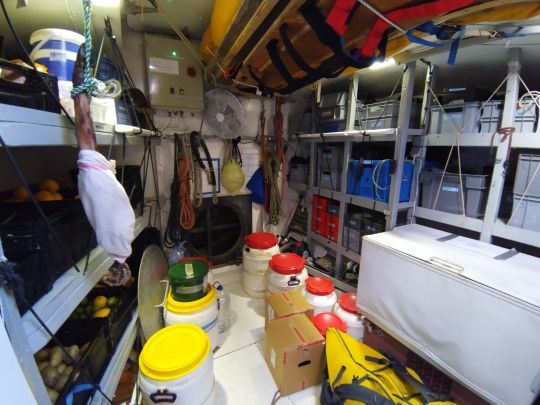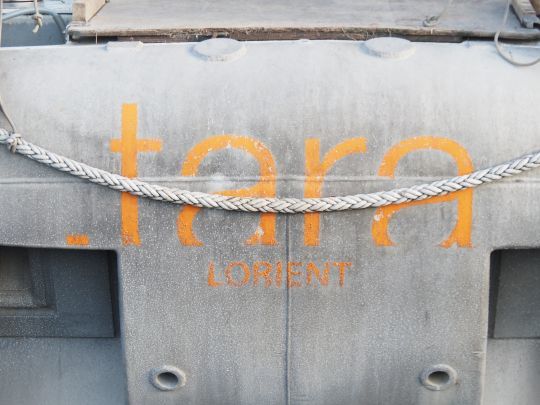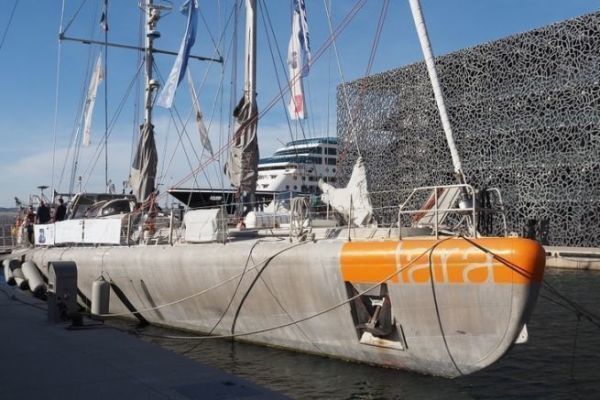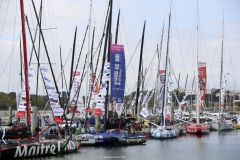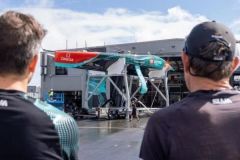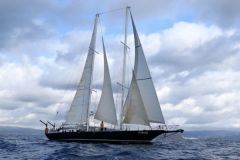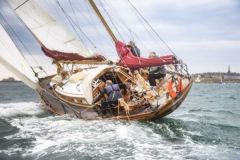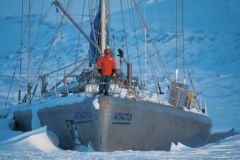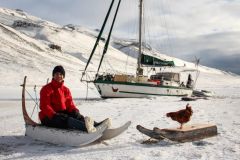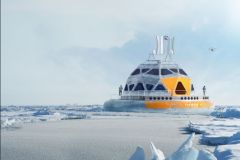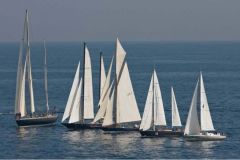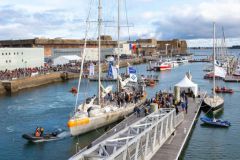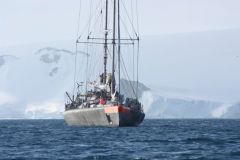A unique sailboat built for the ice
Designed by Luc Bouvet and Olivier Petit, in collaboration with Michel Franco, this schooner was conceived to sail around the poles, drifting in the middle of the ice. Its hull, shaped like an olive pit, is designed to be pushed upwards when the pressure of the ice is too great.
From 1990 to 1996, it was led by Jean-Louis Etienne under the name Antarctica, before becoming Seamaster from 1999 to 2001, under the command of Sir Peter Blake. After the murder of the New Zealand sailor, she was renamed Tara in 2001, and has since carried out scientific and educational missions.
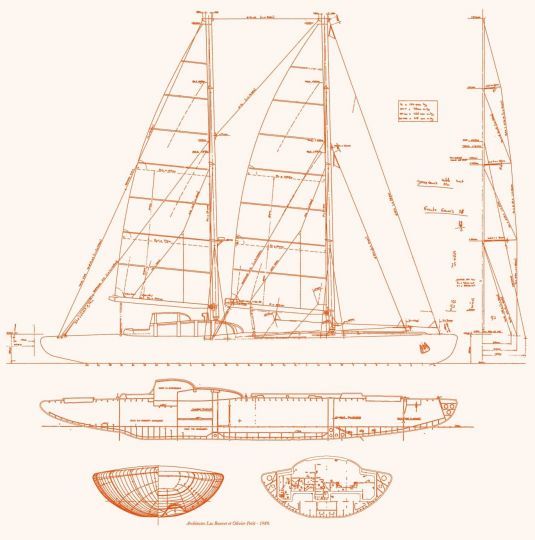
Behind the initiative are stylist Agnès Troublé, known as Agnès B, and her son Etienne Bourgeois. When they decided to take over the project, their aim was to continue Sir Peter Blake's work to promote ocean protection. Tara, initially designed for navigation in the polar regions, began its journey in 2004 with an expedition to Greenland, followed by an Arctic drift in 2006.
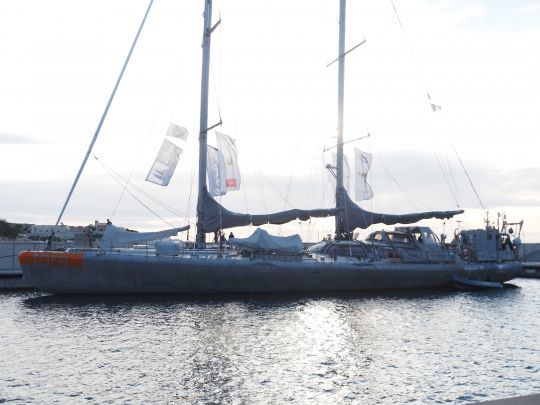
Over the years, Tara's fittings and equipment have evolved, but her structure has remained the same. To withstand the onslaught of ice, the two daggerboards are fully retracted into the hull, while the position of the two rudders varies according to the situation, with a low position and an intermediate one for sailing in shallow waters. Its draught therefore varies between 3.5m and 1.5m.
On deck, solid and utilitarian
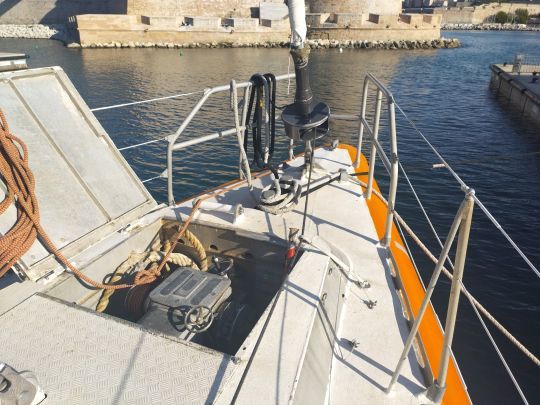
Tara's anchor locker houses a sturdy windlass protected by a fairing, which operates the 300 meters of chain, whose 350 kg anchor is housed in the starboard side. The entire anchor weighs almost 2 tonnes.
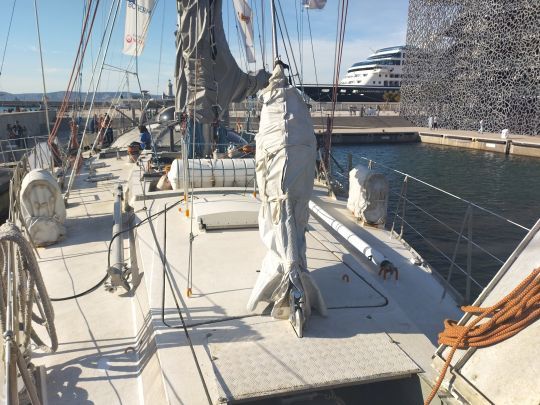
The foredeck houses the headsails, yankee and staysail. A 320m2 asymmetric spinnaker is also available for downwind sailing. Further aft are the foresail and mainsail, each measuring 150m2. Manufactured in 3DI Polyester by North Sails, they are regulated by a running dyneema rig.
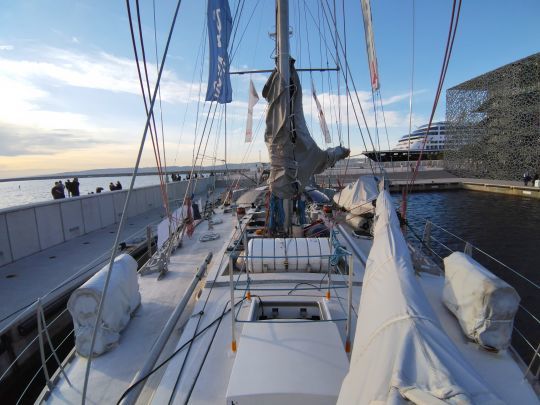
The two 27m masts are original, and set directly on the deck for several reasons:
- Smaller spars, easy to transport, mast/dismantle...
- Fewer thermal bridges to manage than on an implanted rig
- Less damage in the event of dismasting, but that's not the point
main reason.
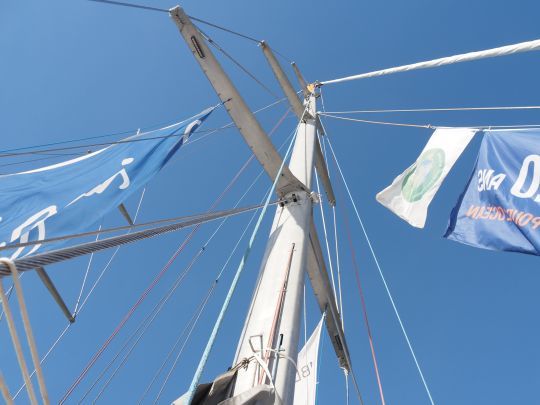
The sails are hoisted from 15 knots of wind, and provide an average speed of 6-7 knots. Peaks of 10-12 knots can be observed when conditions are truly optimal.
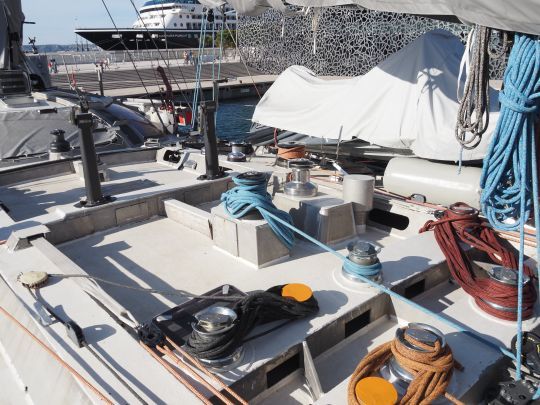
The work area consists of three coffee grinder columns, which operate the on-board winches. The central winch has been electrified, making it possible to carry out certain maneuvers with a reduced crew, such as furling the yankee
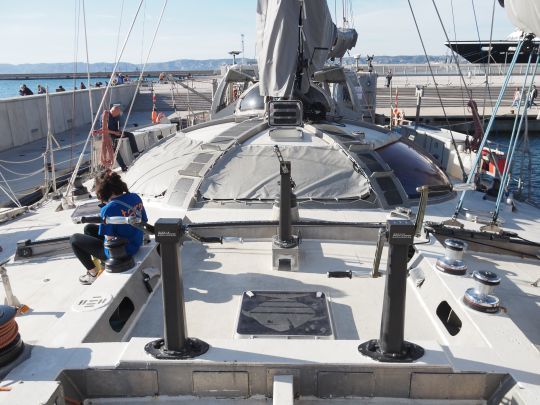
The polycarbonate bubble in the saloon is an undeniable asset when sailing in the cold, but needs to be covered when it's hot to limit the rise in temperature inside.
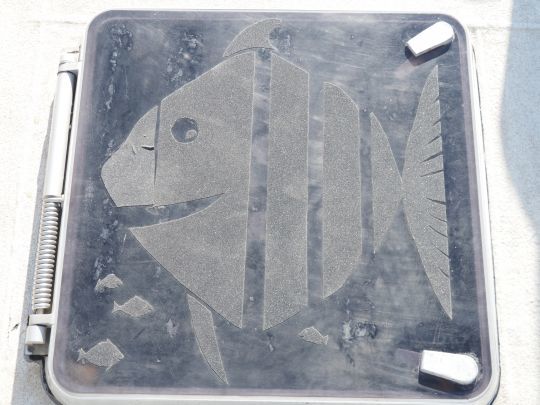

The aft dome houses the helm, engine controls and navigation equipment. A second engine control is mounted on the outside of the cockpit to give the captain better visibility when maneuvering in port.
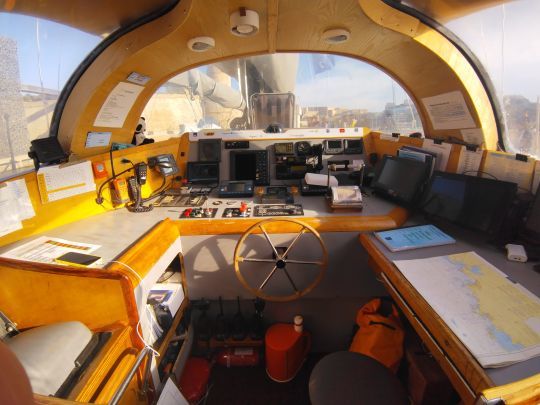
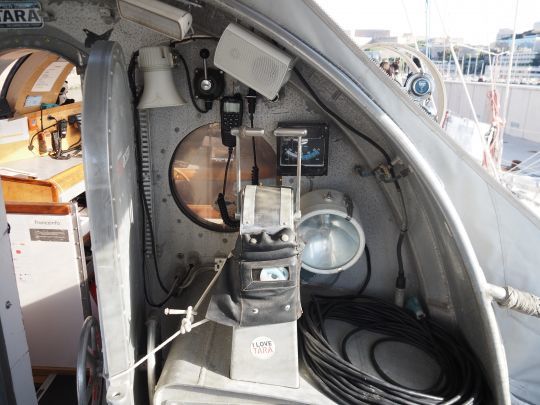
On the aft deck is a wet laboratory, installed after Tara's launch, and the aft gantry used to launch the CTD Rosette.
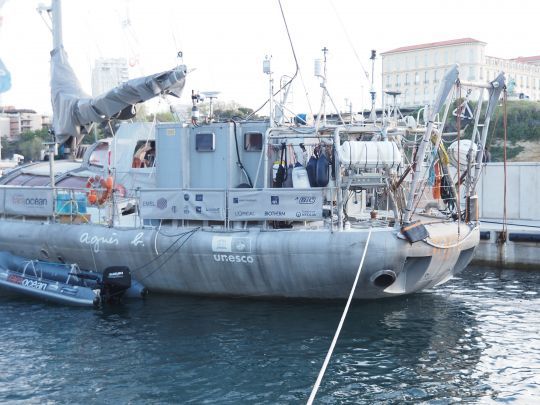
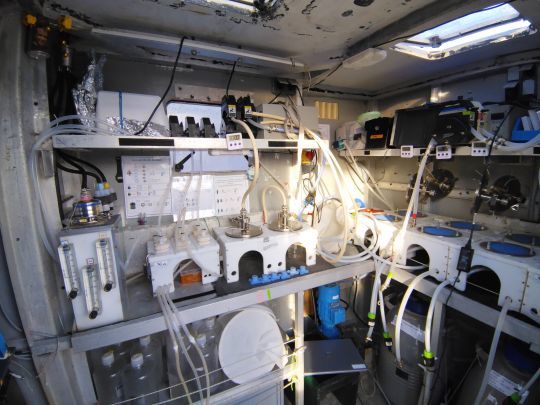
Autonomy and facilities designed for exceptional sailing
To ensure propulsion and power generation, Tara is equipped with two engines and three generators, two main and one auxiliary. The on-board tanks have been sized to ensure two years' autonomy, and can therefore accommodate almost 40,000 liters of diesel.
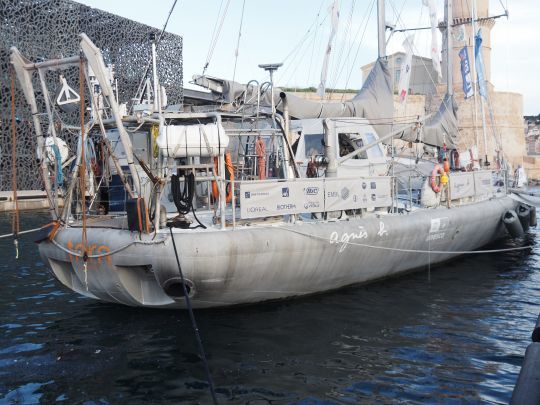
Between scientific activities and the crew's daily needs, Tara requires an input of 18,000 W 20,000W.
Tara faces a very wide temperature range, from -42° to +45°. In addition to the aluminum construction, the edge is insulated by an air gap, then by 200 mm thick sheets of Styrodur® extruded polystyrene, lined on the inside with plywood.
Note that the bottoms are 25mm thick, the walls 16mm and the deck 8mm.
Inside, the layout is designed for a crew of 16
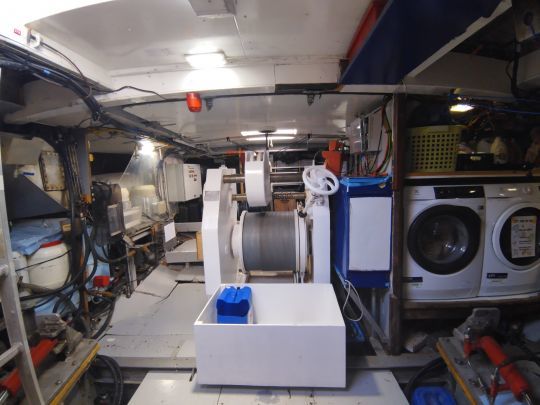
Once past the cockpit, you have a choice of access to the afterpeak or the crew's saloon. At the stern, the winch drum is installed for deep-water sampling, which can reach depths of up to 1,500m.
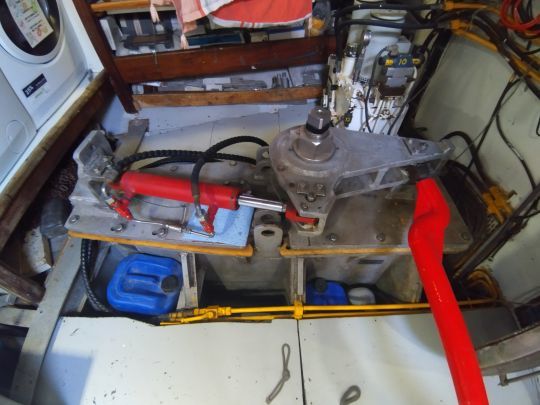
Further back, we find a workshop, then the hydraulic bar sectors. A 2 e he workshop precedes the engine room, which houses the two 350-hp Cummins engines. These are connected to shaft lines and fixed 5-blade propellers.
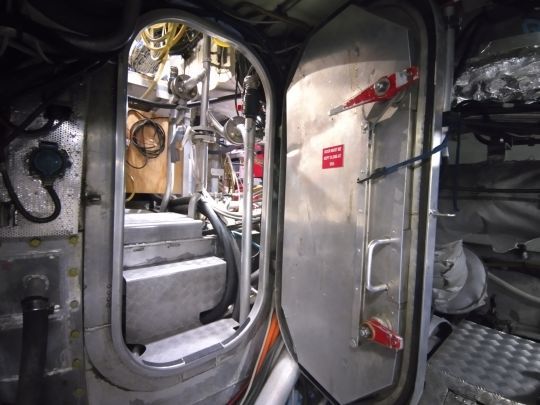
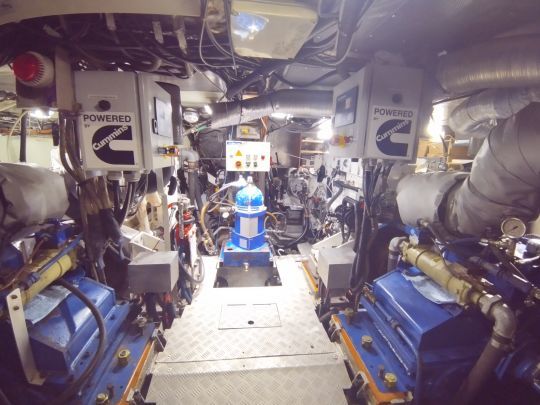
Amidships is the saloon, library and galley. The galley is powered by a gas bottle - "it's better for pancakes"- located in the aft cockpit.
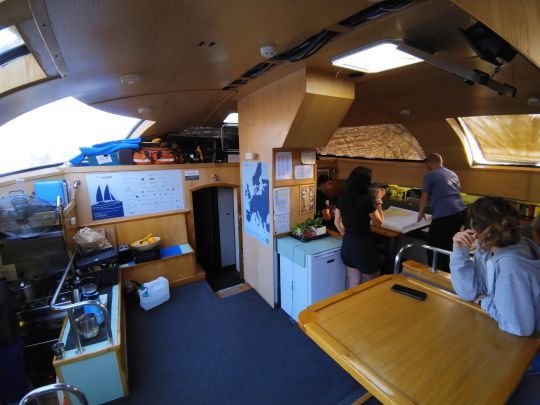
Aboard Tara, everyone contributes to the smooth running of life on board. Between tidying up, cleaning and washing up, there's no shortage of things to do. A table in the saloon is used to divide tasks equally between crew members.
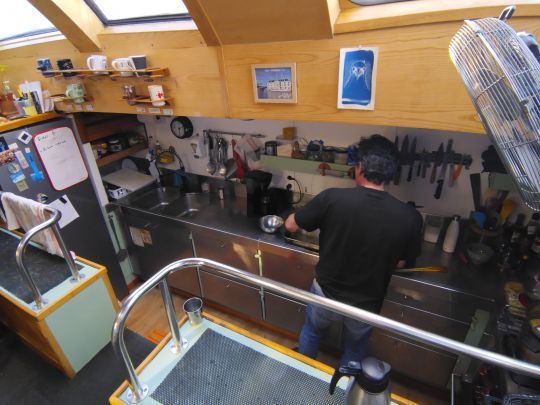
A narrow passageway leads to the forepeak. On the port side, there is a second wet laboratory for sample analysis. A third, dry laboratory is located to starboard, at the end of the passageway.
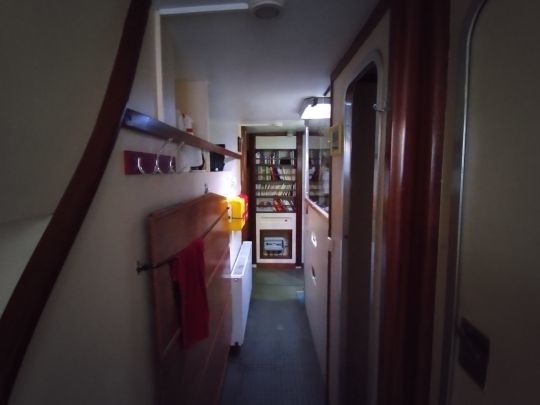
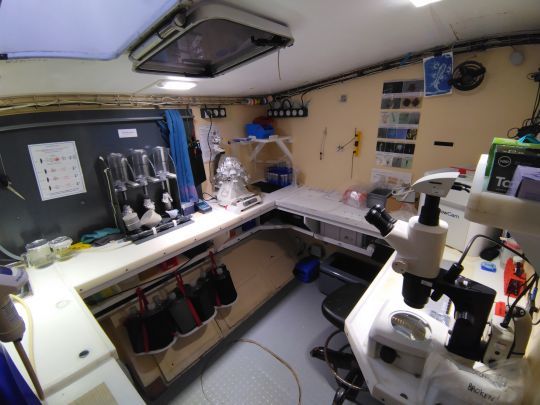
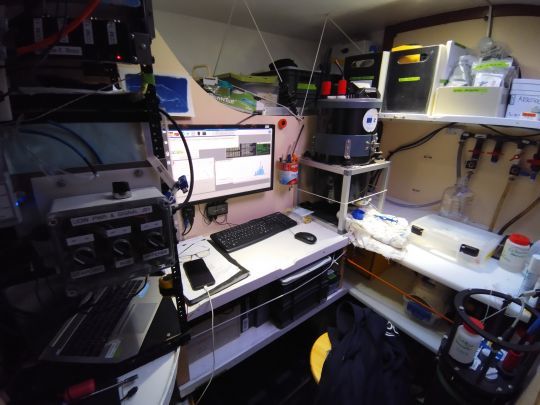
The crew is accommodated in 7 cabins. The total living area is 130 m2.
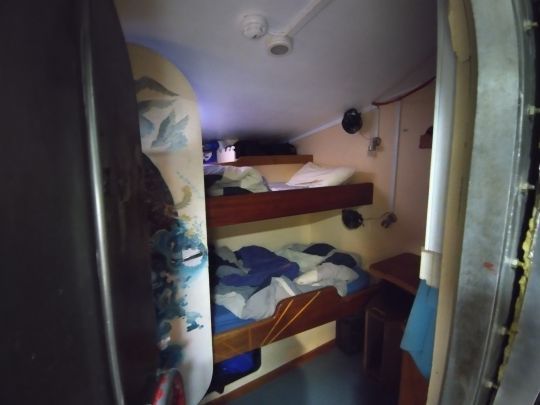
We finish with the forward hold, which serves as a storage area for replacement equipment, as well as on-board food. For an Arctic drift of over two years, nearly 8 tons of food can be stored here. Supplies are also stored in the saloon and under the benches.
